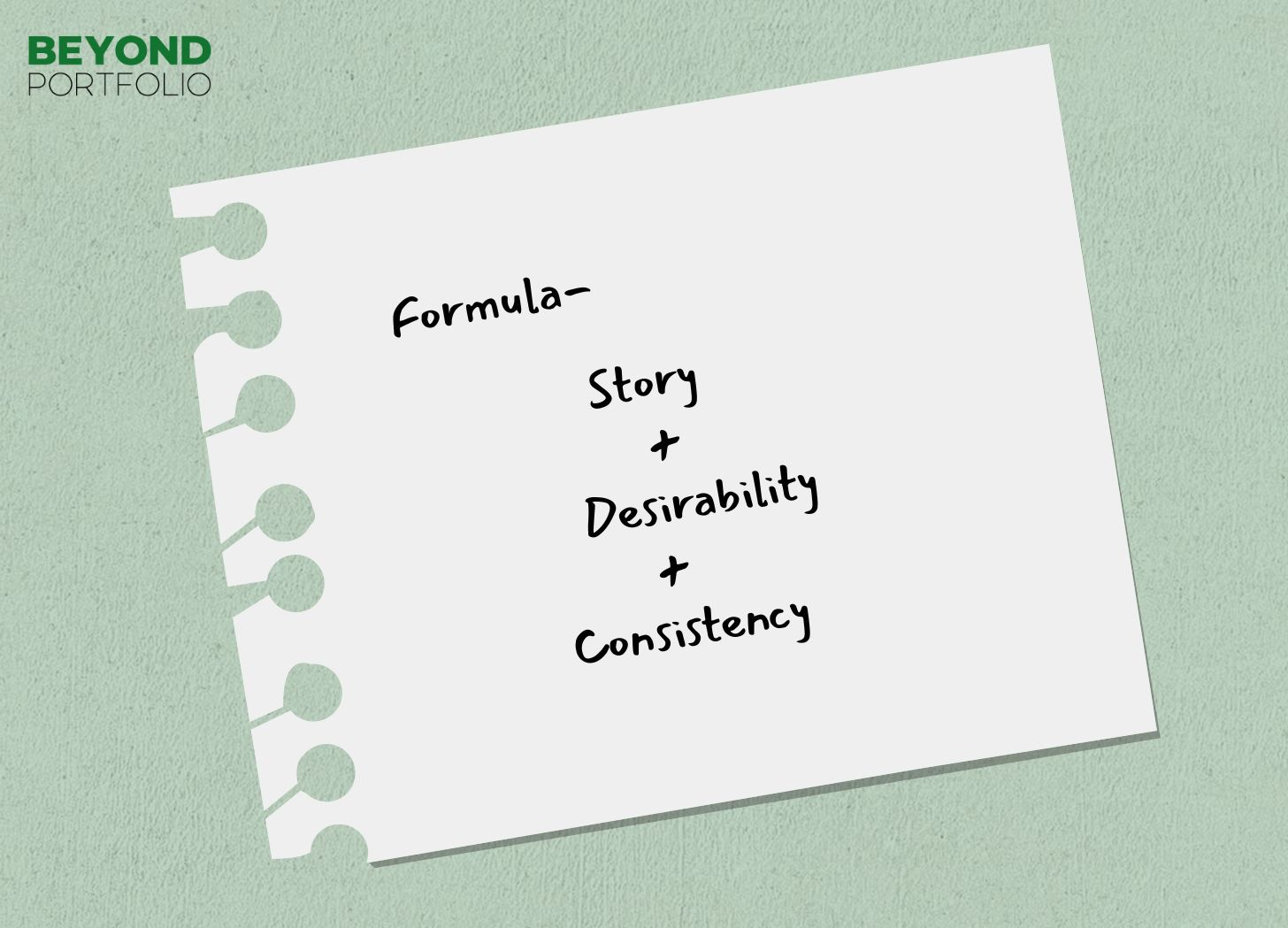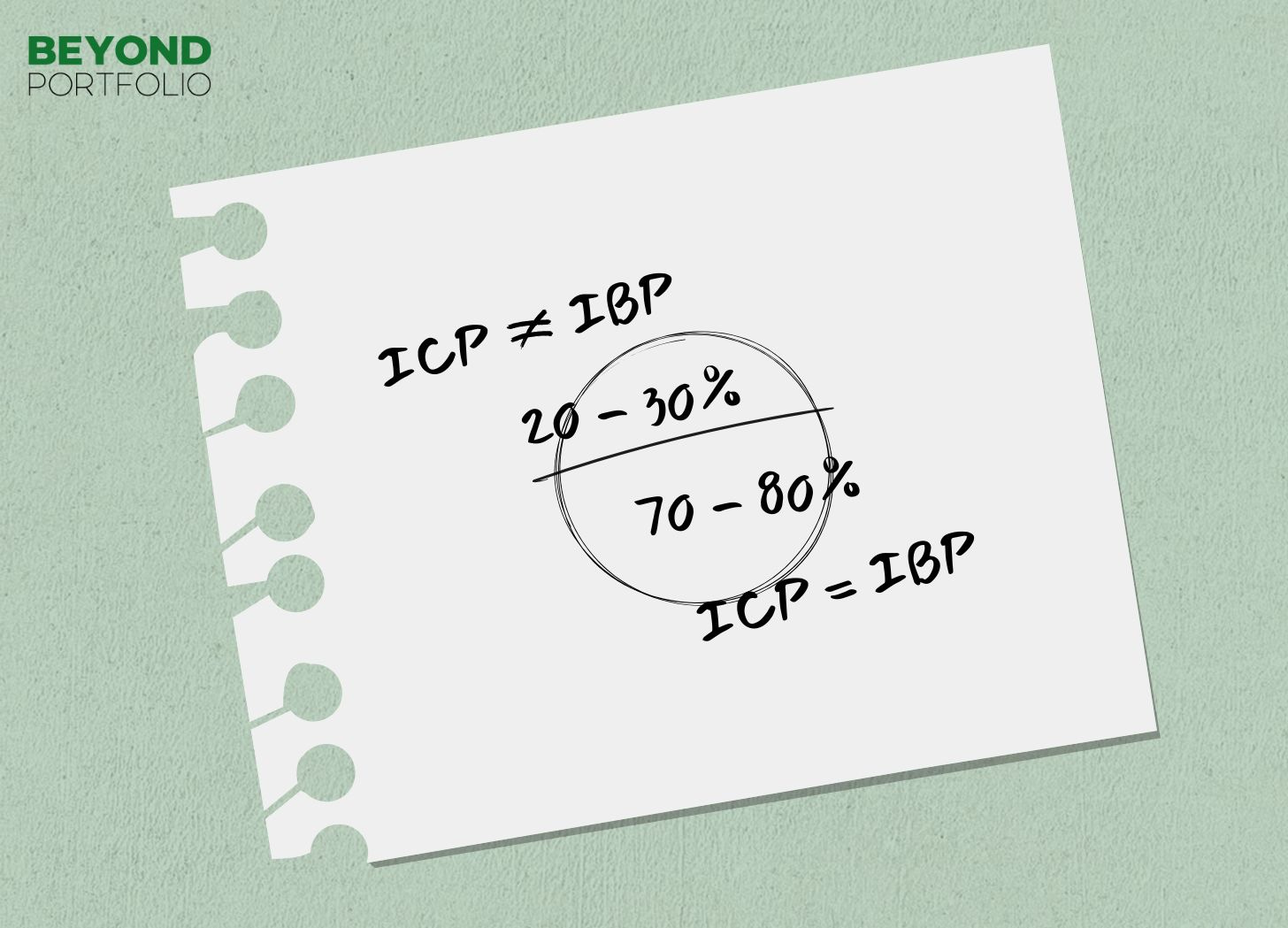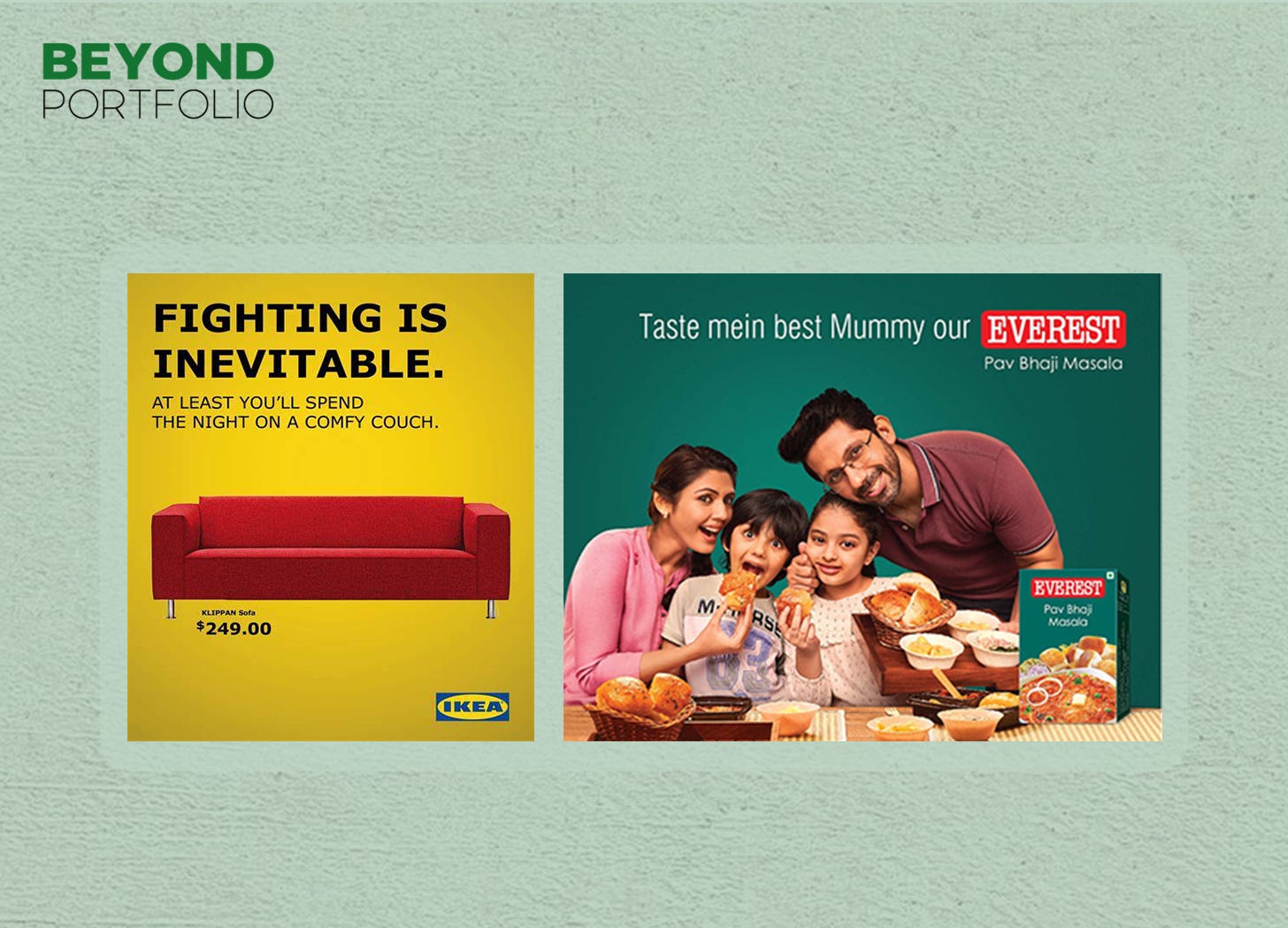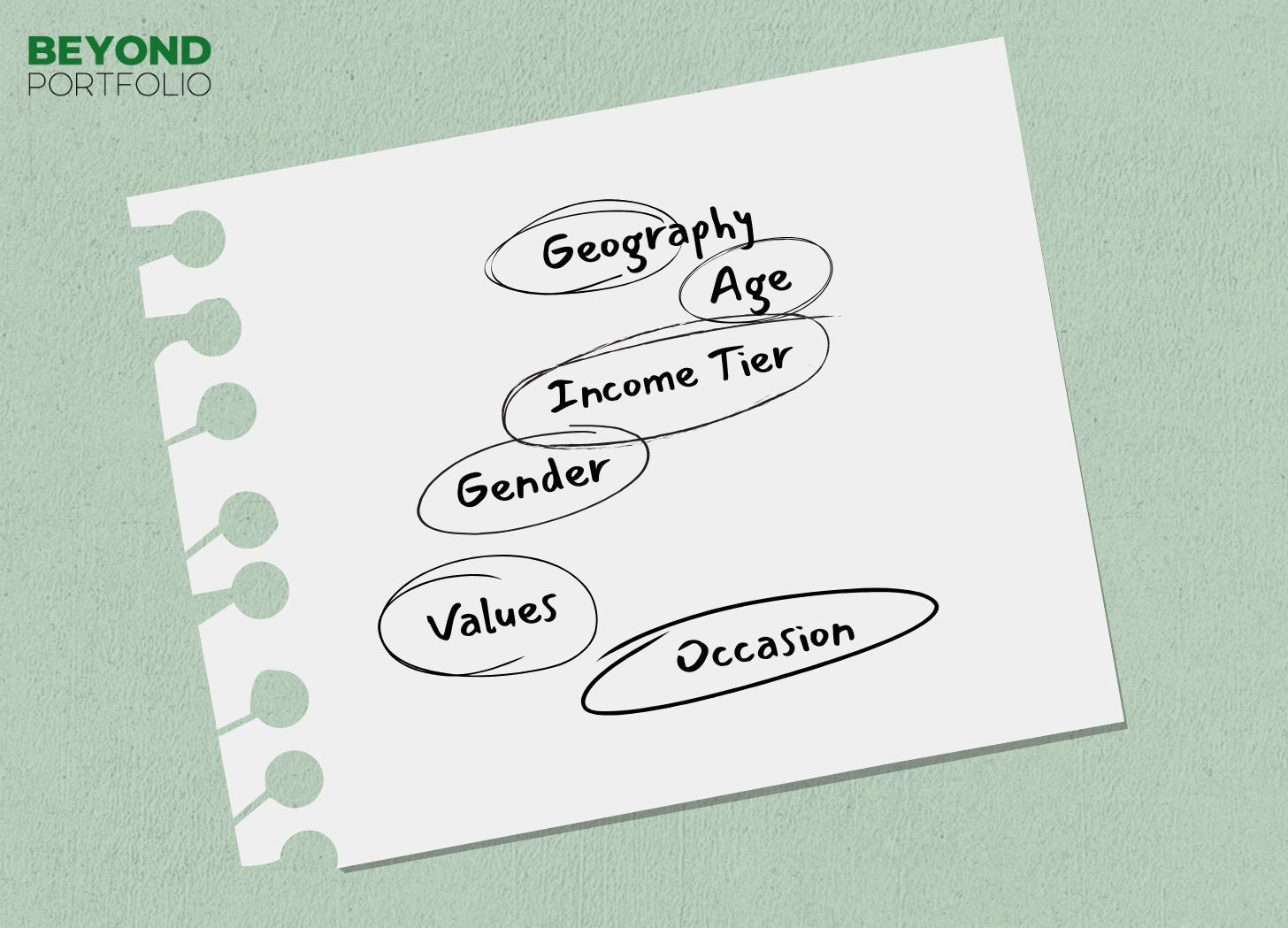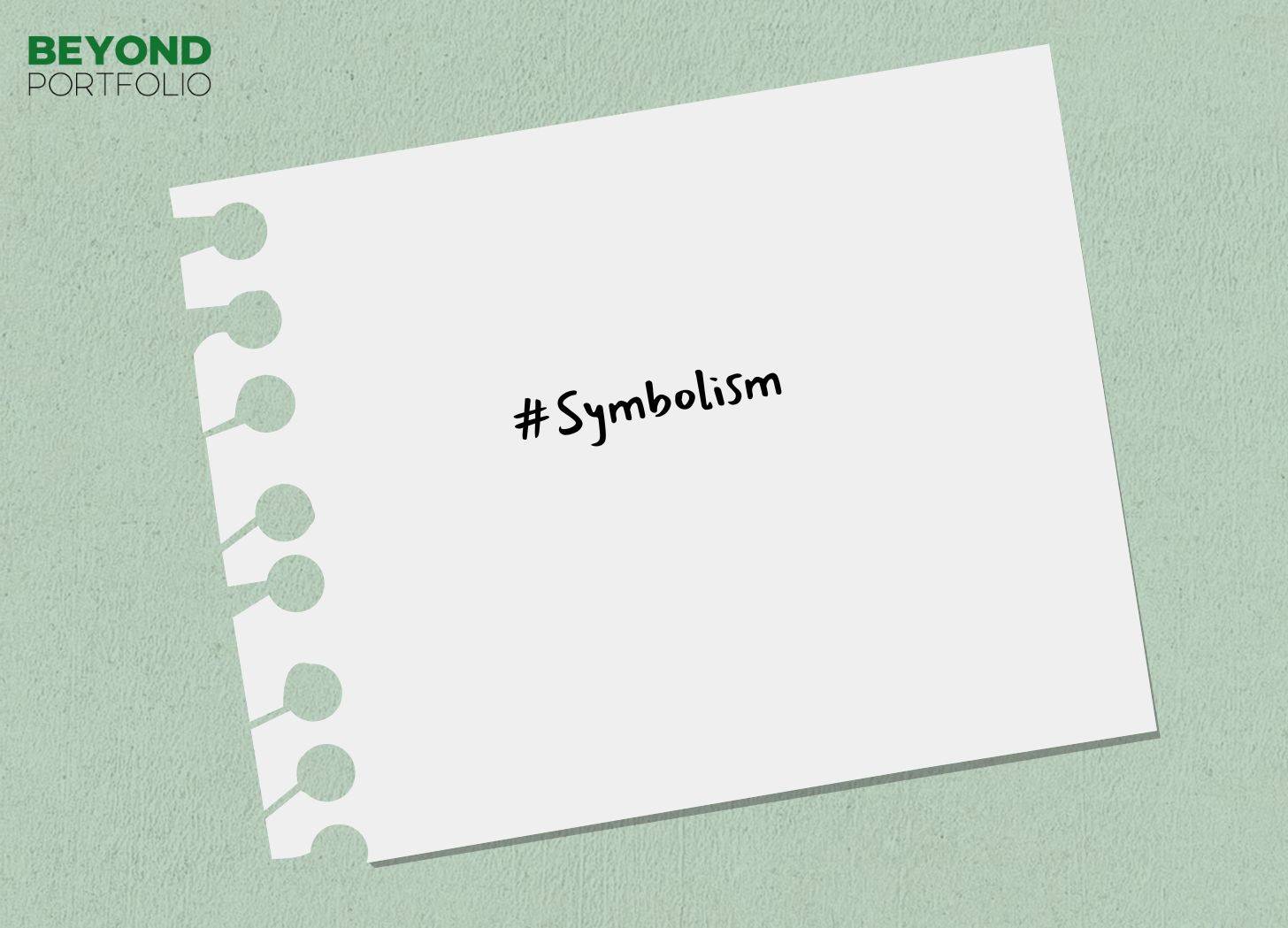Gucci Knows Your Deepest Desires - Secret Weapon of Luxury Brands
The Shocking Truth Behind Luxury Selling
Yesterday, my NRI niece called me, annoyed after seeing what she described as an “absurd” ad by her favorite brand, Gucci.
“So stupid and unrealistic, being surrounded by tigers is such an exaggeration!” she scoffed.
“So damn smart,” I replied.
“What? Because it’s eye-catching?”
“Not as shallow.”
The global luxury fashion market is projected to reach USD 334.58 billion by 2033. Europe is currently leading, while India quietly exists within the 31% share that trails behind.
Luxury brands don't become luxurious by the virtue of it. Despite the air of effortless prestige, their each move is calculated. The segment of buyers they deal with are value-first, but their products are immune to pricing sensitivities. Behind the scenes, teams meticulously plan pricing and positioning.
Thinking back to my niece’s confusion and wondering about the Iack of brands like Gucci, Louis Vuitton or PUMA in India, I called Sakshi. Sakshi is the founder of HavStrategy, a marketing agency that’s been helping luxury brands scale for over half a decade now.
“What’s the secret formula for India to create the next Gucci?” I asked.
And she gave me a formula quite literally.
“Luxury brands must sell a story that speaks to global aspirations. The product must fulfill that desire, and the narrative must stay consistent.” Sakshi explained.
She was right! She was accurately consistent with data. As per Deloitte Global Powers of Luxury Goods Report, 2023, over 60% of luxury buyers say they are influenced more by brand story and values than the product itself.
We spoke for over an hour, busting key myths and uncovering crucial connections.
At the end of our conversation, I asked her the same question again,
“So, what is the secret formula for India to create the next Gucci?”
Enjoying your read? Get a Free early access to our next issue or request a topic here.
Luxury fashion today is deeply rooted in values like ethics, sustainability, craftsmanship, and minimalism.
The general perception is that if the values are met, then price isn't a consideration. But that's not true.
In the aftermath of the 2008 financial crisis, several luxury brands faced significant challenges, leading to strategic pricing adjustments. For instance,
Gucci reduced its prices to regain market share and appeal to a broader audience.
Burberry offered discounts on specific items to stimulate demand in a sluggish economy.
This tells how even established luxury brands may adjust pricing strategies when other measures fail to sustain sales and brand positioning.
“Brands falter,” Sakshi explained, “when they fail to evolve with their buyer.”
At the core of successful branding is one timeless truth: Know your audience intimately. When you understand your audience deeply, every product, story, and experience naturally aligns.
And luxury brands understand this very well.
For instance, many pepper spray companies discovered that men were usually the buyers, while women were the users. Ideal Customer Profile (persona of the product user) and Ideal Buyer Profile (persona of the product buyer) are defined with insights like that. That shift in understanding helped them recalibrate messaging, packaging, and distribution.
In women’s luxury fashion, Sakshi noted a pattern:
70-80% of purchases are made by women for themselves, and 20-30% by their loved ones for them.
That insight alone can redefine campaigns, tone across platforms.
Consider how advertising changes based on who uses vs. who buys:
Women are often seen as the person-in-charge for kitchen/cooking and home/home decor. Yet, smart advertising recognizes that they may not always be the decision-makers for higher-ticket purchases like a sofa.
The Everest ad speaks directly to the cook, typically the woman, and targets the emotional reward of being praised for delicious food. It positions the masala as a simple hack for getting great results.
Ikea targets men, especially married men over 25, because they usually hold the purchasing power. These ads use humor or puns related to marriage and home setup, speaking to men at a life stage where they’re investing in their homes.
Understanding the customer comes with a challenge- they all are different. Companies usually group their customers along various scales for this- Geography, Age, Income Tier, Gender Identity, Values, Occasion, Digital Behavior, etc.
Let’s see how another luxury brand, Louis Vuitton would use this to strategize its customer targeting:
Geography: In Japan, LV offers smaller leather goods and seasonal collections; in India, wedding trousseau and jewelry take center stage.
Age: Gen Z is engaged through streetwear and NFTs; Gen X through monogram classics.
Income Tier: Offers fragrances and keychains as luxury entry points, and haute couture or private ateliers for UHNWIs.
Common Ground: Across all, craftsmanship, legacy, and prestige.
Luxury brands don’t just know who their customer is, they understand what deeply they desire.
Data says, 80% believe luxury companies have a responsibility in the full life cycles of their products, beyond production and sale. (bcg.com)
The heart of luxury is exclusivity. But smart brands know that high-end customers today also embrace values. Brands strive for a balance since exclusivity and values contradict.
Sakshi recalled how she witnessed Quiet luxury becoming a big thing around early 2023 in front of her eyes. It happened especially after the release of the TV show "Succession", where characters wore ultra-expensive yet logo-free clothing from brands like Loro Piana, The Row, and Brunello Cucinelli.
“Luxury has a color to it, you know right?”, she said excitedly.
Colors that evoke calm, confidence, and quiet status.
However, defining a luxury product’s signature presence and narrative identity using these colors is a different ballgame altogether.
“And you don't present it like you sell it. Life is a story and luxury brands mimic it”, I added.
Now, circling back to where we started, here’s how I explained the so-called “absurd” PUMA ad to my niece:
Luxury brands don’t just sell products, they sell emotions and experiences.
Wearing any apparel is an experience. It’s not too hard to sell the experience of wearing a Banarasi saree to an Indian audience because they already associate it with perfection and craftsmanship due to its cultural and historical relevance.
But let’s talk about Lotus silk - a new eco luxury material made from lotus stem in countries like Vietnam and Cambodia.
How do you convey the feeling of wearing Lotus silk through the screen?
Using phrases like “caresses your body” and “is your second-skin”.
Using images with soft colors and happy people.
Using soothing sounds.
What else?
How do brands share universal abstract emotions like courage, truth, bravery?
Using symbolism.
Gucci’s ad is smart because it uses a leopard to symbolize courage and fierceness. They’re not selling shoes, they’re selling a mindset. Those who wear these shoes will always associate the feeling of fierceness with the shoes and with themselves.
Similarly,
Gucci’s 2022 campaign had models posed with tigers, symbolizing strength and fearlessness.
Burberry’s 2022 campaign featured mythical creatures, representing exploration and a spirit of adventure.
“And that’s why, my dear niece, this ad is not absurd, it’s brave,” I explained.
But my conversation with Sakshi stretched a bit further.
“There are brands that want to look Indian, and brands that don’t,” I noted.
“Depends entirely on their goals and audience,” Sakshi replied. “A Tussar silk brand has to look Indian. But its branding strategy could be different when targeting local versus global customers. For global customers, even the basics of Tussar silk - its origin, its feel, its rarity, need explaining.”
While an Indian woman instantly connects with the idea of wearing a saree for a wedding, a Western audience will need context, like comparing it to a couture gown worn at a black-tie gala. Drawing cultural parallels like this is another smart strategy the biggest luxury brands smartly incorporate.
“So again, what is the secret formula for India to become the world's next Gucci?” I expected some refinement.
“The formula is quite basic,” she said, sensing the buildup.
Story + Desirability + Consistency
And just like that, she repeated the same formula teasingly, but with absolute clarity this time.




